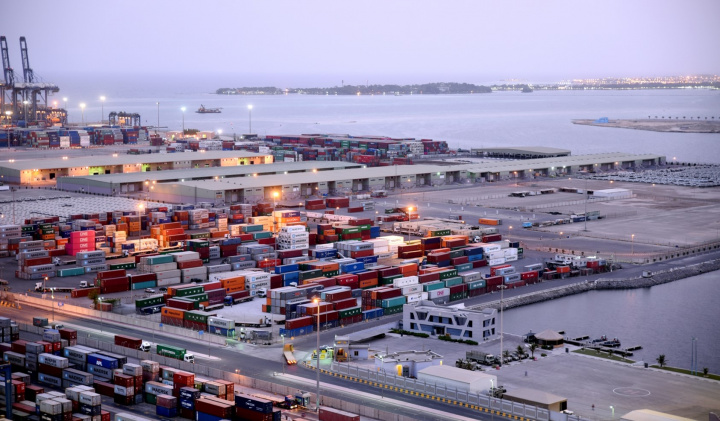Eilat is situated on Israel’s southern coast on the Red Sea, linking the country to Asia and the Indian Ocean without the need to transit the Suez Canal. However, its volumes have been in decline since a Q4 2022 spike saw the facility handle 124,000 tonnes, doubling its Q1 levels that year.
However, in a meeting with the Knesset’s Economic Affairs Committee on 7 July, CEO Gideon Golbert said the port had not been active for eight months and had not received revenues.
The port mainly handles bulk cargoes, potash, car imports, and some containers and is considerably smaller than the country’s Mediterranean ports of Ashdod and Haifa. However, the effects of the Houthi attacks have clearly affected Israeli trade.
On a broader scale, the Houthi actions have diverted hundreds of container vessels every week on a much longer journey, some 4,000 miles longer, around the African cape to Europe, increasing fuel costs and emissions, with the first increment of the EU ETS introduced in January this year.
Conversely, the Middle East conflict has significantly boosted the secondhand container ship market, reports Alphaliner.
“Container sale and purchase deals surged again in the first half of 2024, as carriers and NOOs reacted to the red-hot charter and freight markets. After a slump in transactions in the second half of 2023, more than half a million teu of container tonnage changed hands in the first six months of 2024,” said the analyst.
As vessel operators “sought every available ship” in order to effectively meet the demand for the services travelling around the Cape of Good Hope and to maintain weekly schedules.
According to Alphaliner 141 ships of 572,600 teu were traded between January and June, an average of 23 units per month, compared to 15 sales per month H2 2023.
Carriers initially believed that the disruption to Red Sea shipping would be short lived and did not respond immediately to the surge in rates in late 2023.
“Despite the influx of a massive 1.6 million teu in newbuilding capacity in the first half of 2024, carriers sought even more tonnage in the second-hand market in order to plug schedule holes and capitalise on firm rates.”
Alphaliner also reported that virtually every available ship is now deployed in gainful employments with the idle fleet falling to 0.4% in May, and, while the idle container fleet increased minimally over the last six weeks, the number of unemployed ships remains below 1% of the total fleet.
Source: SeaTrade Maritime





